Intramuscular Stimulation
Intramuscular Stimulation
(Trigger Point Dry Needling)
Intramuscular stimulation is a technique that has been around since the 1950’s when two physicians explored the effects of the mechanical insertion of a solid monofilament (needle) into a trigger point in a muscle belly. They found that this created changes to the trigger point, improving tissue mobility and decreasing pain. They also found that trigger points are a possible source of referred pain, pain that may be felt in another location of the body. Intramuscular stimulation is done around the world and is an effective treatment. Like all treatments this is not a stand alone treatment, but one tool used to restore functional movement. There are a few techniques that may be utilized depending on your response to the treatment.
Virginia is now a Direct Access Intramuscular Stimulation State, meaning that Dr. Alderman will be able to discuss and provide this treatment during your first visit if you are an appropriate candidate.
**Medicare patients require a MD script.
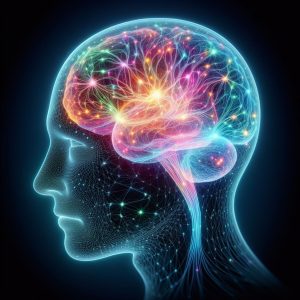
Neurological
The Neurological benefits of Intramuscular Stimulation include changes to the central nervous system and peripheral nervous system.
Central Changes occur:
- Periaqueductal Gray- Pain Modulation
- Thalamus- Improve processing of Sensory and Motor information to the Brain
- Motor Cortex- Homunculus (improve the internal topological map of Body)
- Sensory Cortex-Homunculus (improve the internal topological map of Body)
- Serotonergic and Noradrenergic descending inhibitory system- Pain Modulation
Local Changes occur:
- C-Nerve Fibers- Pain Modulation
- Aδ-Nerve Fibers- Pain Modulation
Physiological
The Physiological benefits of Intramuscular Stimulation included the restoration (homeostasis) of the neurotransmitters and inflammatory mediators that are located in the tissue of the active trigger point.
Neurotransmitter Homeostasis
- ⇓ ACh- acetylcholine: reduction to reduce spasm
- ⇑ AChE-Acetylcholinesterase: increases to reduce effects of ACh
- ⇓ CGRP- Calcitonin gene-related peptide: reduces effects of ACh, Increases AChE
- ⇓ SP-Substance P: reduction to reduce sensitization of pain receptors and reduce inflammatory mediators
- ⇓ NE-Norepinephrine: reduce motor tone
- ⇓ 5-HT Serotonin: Pain Modulation
- ⇓ Cytokines: interleukin and tumor necrosis factor (TNF): decrease the sensitivity of pain receptors
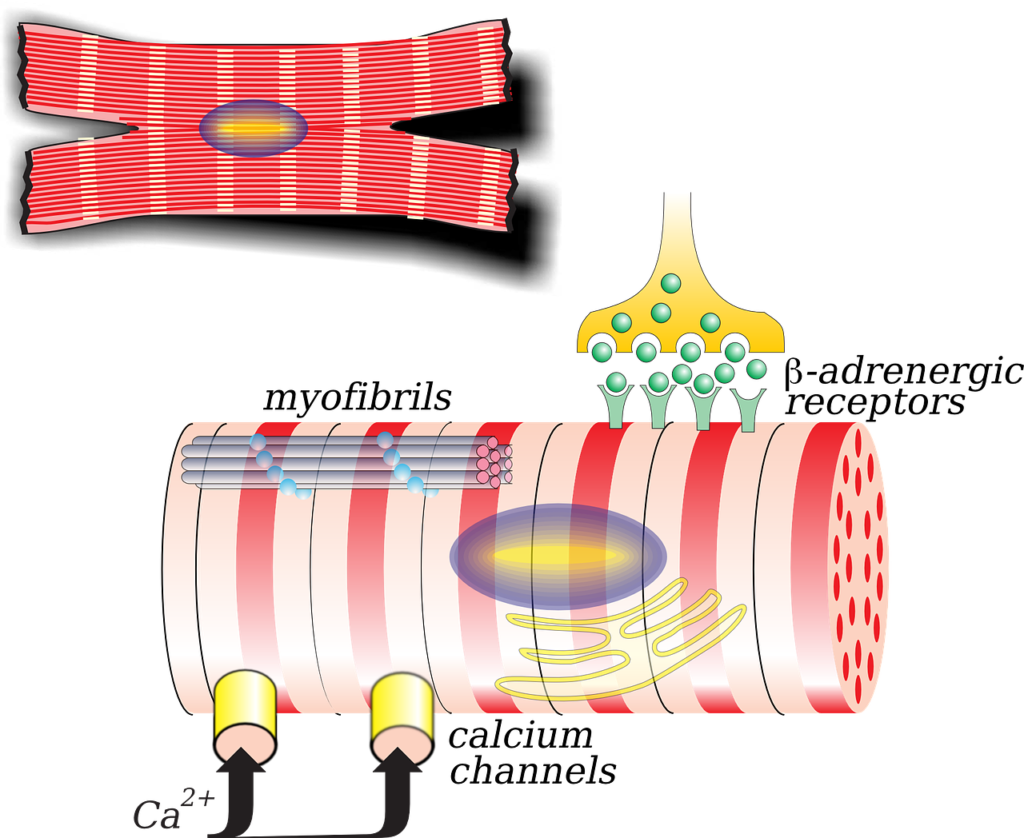
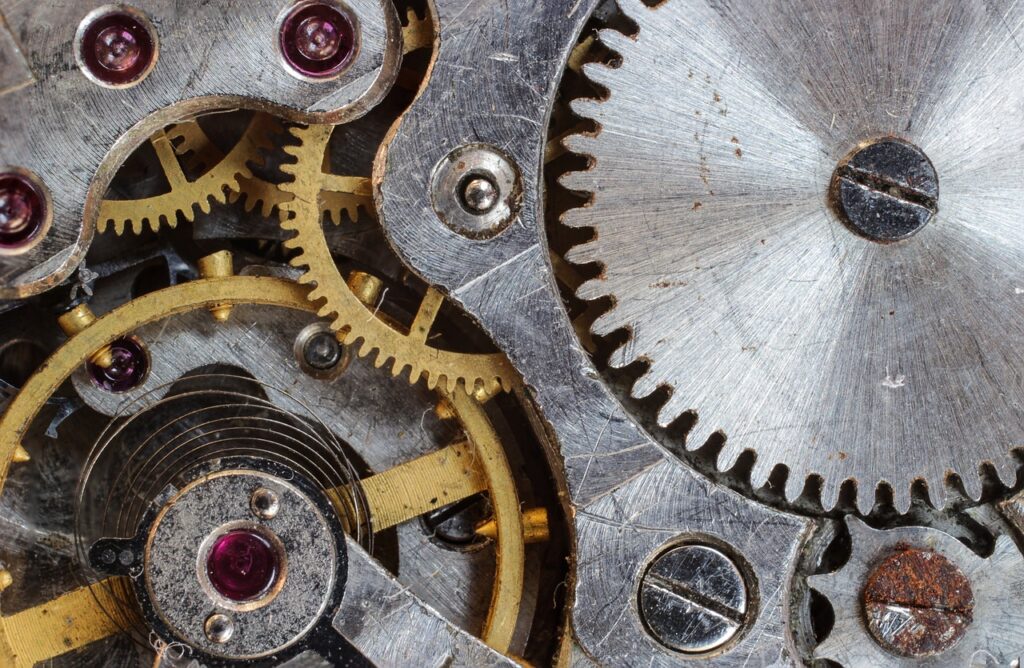
Mechanical
- The Mechanical benefits of Intramuscular Stimulation included the stimulation of the local nervous system (Aβ and Aδ nerve fibers) resulting in mechanical activation of motor end plate.
Mechanical Changes:
- LTR -Local Twitch Response is an Involuntary spine reflex.
- Improved Muscle resting Length
Types of Intramuscular Stimulation
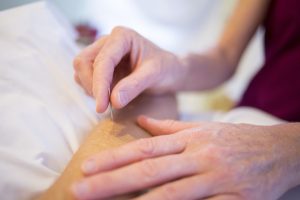
Traditional Pistoning
This technique has been utilized the original Travell and Simon’s technique since the 1950’s and involves the physical manipulation (pistoning) of the solid metal filament (needle) 10-15 times from multiple angles to clear the trigger point. The goal of this is to isolate an active Trigger Point and create a LTR (local twitch response).
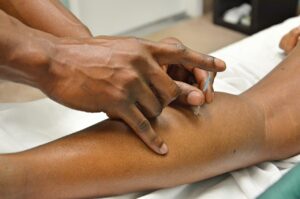
Static
This technique requires less manipulation of the solid metal filament allowing it to rest in the trigger point. With the static technique the monofilament can be wound clockwise or counter clockwise. This technique is utilized when the traditional pistoning is too intense.
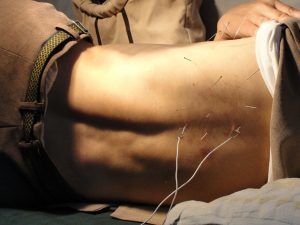
Static with MicroCurrent
This technique combines the static technique of locating a trigger point and placing a solid metal filament (needle) and the application of Microcurrent(µA) or Milliampere(mA) (humans produce 100 mA). This requires a minimum of two solid metal filaments to be placed to create a complete circuit that will allow the current to stimulate the muscle and nervous system.